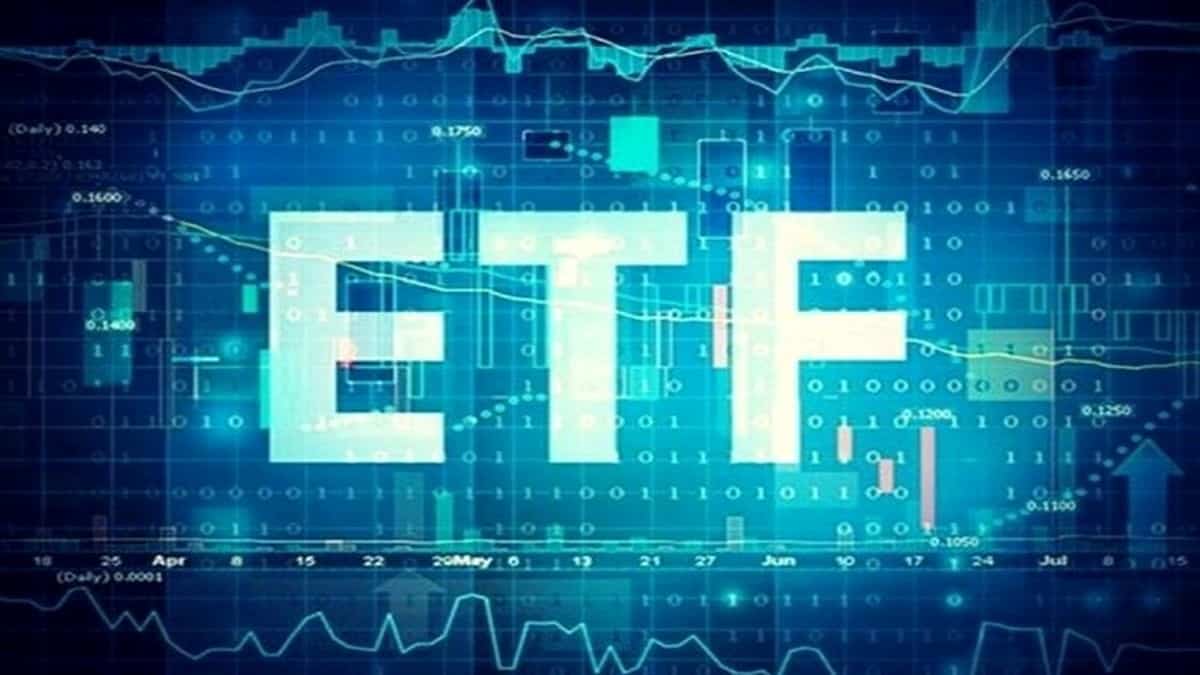In this article, I will discuss the different ways to invest in non-fungible tokens, including etf and NFTZ. We’ll also discuss security concerns and gameification. Finally, we’ll compare etf and NFTZ. Investing in non-fungible tokens is a great way to diversify your portfolio and maximize your returns.
Investing in non-fungible tokens
In this new world of investment, one of the latest trends is investing in non-fungible tokens. These unique tokens represent a digital asset. These can range from collectable digital art pieces to real estate, concert tickets, and website domains. They are unique because they have a digital signature.
Non-fungible tokens are not like cryptocurrencies, and their prices can go up and down quickly. This is bad for investors because they risk losing a significant portion of their money. Furthermore, the resale market for these tokens is very minimal, which makes it difficult to sell them for a profit. Another disadvantage of investing in non-fungible tokens is that they are expensive.
In addition to having high value, non-fungible tokens can also have bubble-like characteristics. The price can rise quickly due to a high demand for them. Some have sold for millions of dollars. For example, the first tweet of Twitter was tokenized and sold for $2.9 million. Another example is the spinning gold skeleton gummy bear that sold for $1 million.
Although the market for NFTs is booming, it is important to remember that there is a significant risk associated with this type of investment. Many projects offer a range of services that may not be suitable for everyone. If you are looking to invest in a new industry, it is best to do your research. The Financial Conduct Authority (FCA) has issued a warning against speculative trading, money laundering, and unregulated cryptocurrency investing.
While the market is volatile and unpredictable, investing in non-fungible tokens can be a great way to make profits. Lending, staking, and trading are all great ways to make money in this space. However, there are many scams, so be careful.
Security concerns
When comparing etf vs nFt, you may wonder which is better for security purposes. In reality, both options have their benefits and disadvantages. Both types can be beneficial for investors, but each has its own risks and security concerns. The most common security concerns involve fraudulent actors. To avoid being deceived, you must avoid buying NFTs from unreliable sources.
The security concerns of NFTs are largely due to their private keys. The private key acts like a password. If you lose your private key, you cannot access your NFT. This is a risk because you can lose access to your NFT, as well as its value.
In addition to their security concerns, NFTs have their share of problems. In addition to their lack of transparency, NFTs can be subject to fraudulent marketing, which may be harmful for investors. Furthermore, they may not be registered as a security, which means they may not be covered by regulations.
NFTs and crypto assets have similar problems. They may be used for nefarious activities, and their owners may not be protected by copyright laws. Further, crypto, blockchain, and NFT-related securities can be subject to high volatility in their valuation. Despite these risks, ETFs and NFTs both have the potential to diversify a portfolio of assets and themes.
One of the major drawbacks of NFTs is that they don’t meet the Howey test. Moreover, NFTs are not classified as securities when they are used as collateral. This means that they are not appropriate for use in DeFi applications.
NFTs are nonfungible. Their value can be attached to any asset and is recorded in the Blockchain. This allows investors to create a tokenized economy. For example, NFTs can be used to own a home on the Blockchain, or a virtual avatar in video games. They also offer a vast range of possibilities for trading, staking, and liquidity providing. In addition, NFTs are creating a new paradigm in the crypto ecosystem. However, security issues remain as long as money is involved.
Gameification
The future of ETFs may lie in the gamification of the investment process. For example, the game Sandbox could enable investors to earn NFTs by trading in certain assets. It would also allow investors to create their own ETFs. Investors can then use the NFTs as collateral for loans.
The game will also enable investors to create their own ETF structures that include various cryptocurrency and NFT tokens. These digital assets already have a value, which could be resold in the secondary market. It also encourages the creation of more valuable assets.
Despite their negative reputations, NFTs are still popular among consumers and have become an essential part of the gamified world. For example, Ethereum-based metaverse platform The Sandbox has built a massive creators’ economy. Using SAND tokens, players can buy virtual land plots, explore and trade. It has raised $93 million in its latest funding round.
In addition to the game industry, NFTs are already being used in digital collectibles. One such ecosystem is Draftkings, which offers daily sports fantasies, gambling and sports betting. This ecosystem features prominent athletes, who have given permission for the creation of NFTs of their images. The resulting NFTs are then sold in the Draftkings marketplace.
Another popular game that uses NFTs is Axie Infinity. Players can battle these creatures using NFTs to earn crypto rewards. Another game, My Neighbor Alice, allows players to build virtual lands and interact with neighbors to earn NFTs. In the past, players have been rewarded with items and virtual money, but this new model offers a financial reward for their achievements. Players can also earn NFTs by trading and in-game purchases.
NFT gamification is a trend that could revolutionize the digital world. It is a way to apply blockchain technology to game elements such as competition, point-scoring, and play rules. It could also help with the learning process, by encouraging players to unlock levels based on their learning outcomes.
NFTZ vs etf nft
The NFTZ ETF is a passively managed index that tracks stocks related to the nascent digital economy and blockchain technology. The ETF includes companies from developing and emerging markets as well as large and small cap stocks. It has an expense ratio of 0.65% and holds 40 stocks.
The NFT boom has made many investors seek exposure to non-fungible tokens, such as blockchain-based cryptocurrencies. However, some investors remain wary of investing in a single NFT. This makes an NFT-focused ETF seem like a smart move.
An ETF targeting blockchain-related crypto assets is another option. The Defiance Digital Revolution ETF invests in publicly traded NFTs, as well as in blockchain and cryptocurrency ecosystems. However, it may not be suitable for investors who aren’t comfortable with crypto assets.
New technologies are particularly susceptible to market volatility. In the last three years, the value of Bitcoin has fallen by over 65%. Similarly, the Bitwise Crypto Industry Innovators ETF is down by 76% in the same period. In addition, many people are still unfamiliar with NFTs, which are cryptographic assets on a blockchain. They have unique metadata and identification codes. They have been popular among collectors and artists, but remain difficult to understand for investors.
The NFT index tracks a broad range of cryptocurrencies and related technologies. The Fund includes common stock and depositary receipts from these companies that are publicly traded on North American exchanges. The objective is to capture the potential upside generated by these nascent technologies.
While an ETF will trade at a discount to its NAV, an NFTZ will typically trade at a premium to that price. This could result in higher volatility and less liquidity. The BITA NFT and Blockchain Select Index tracks the total return of companies that are exposed to the NFT ecosystem.


